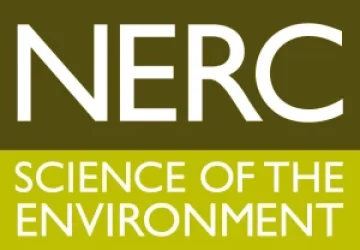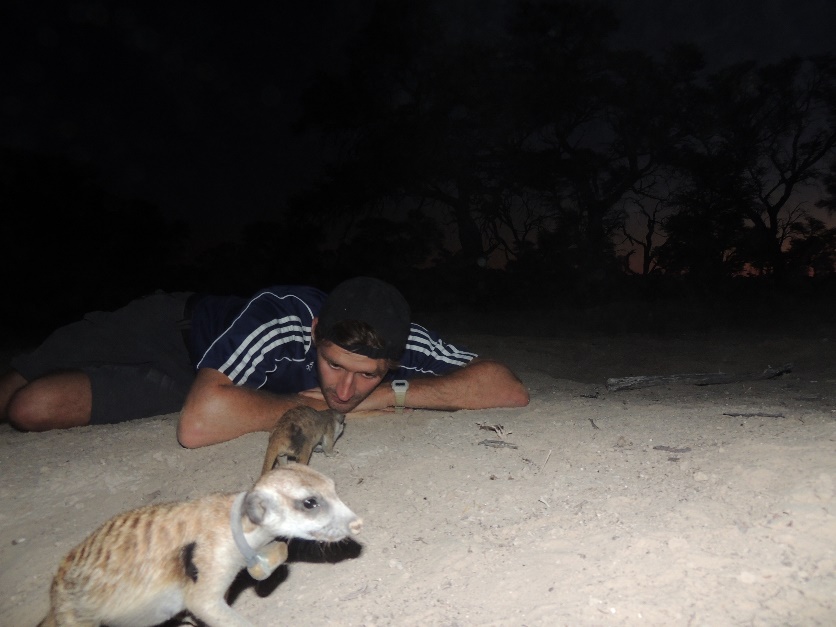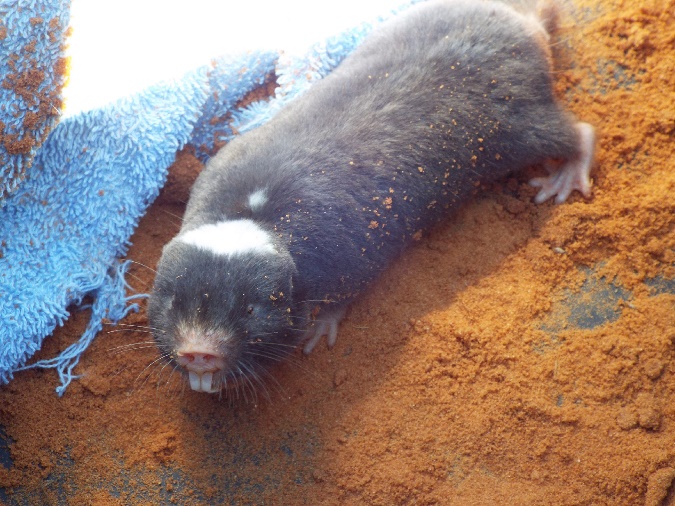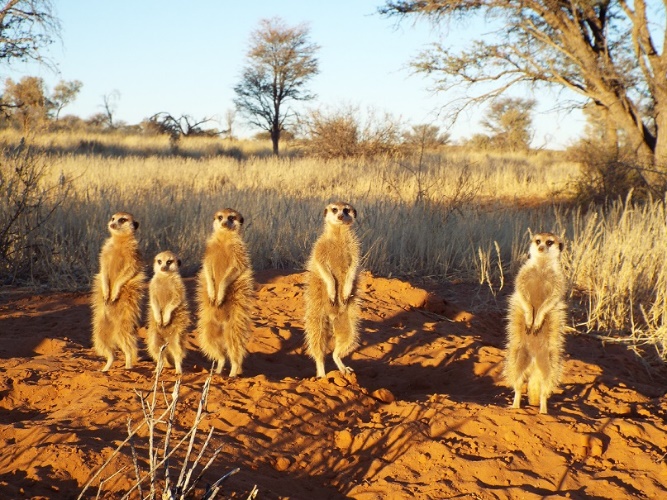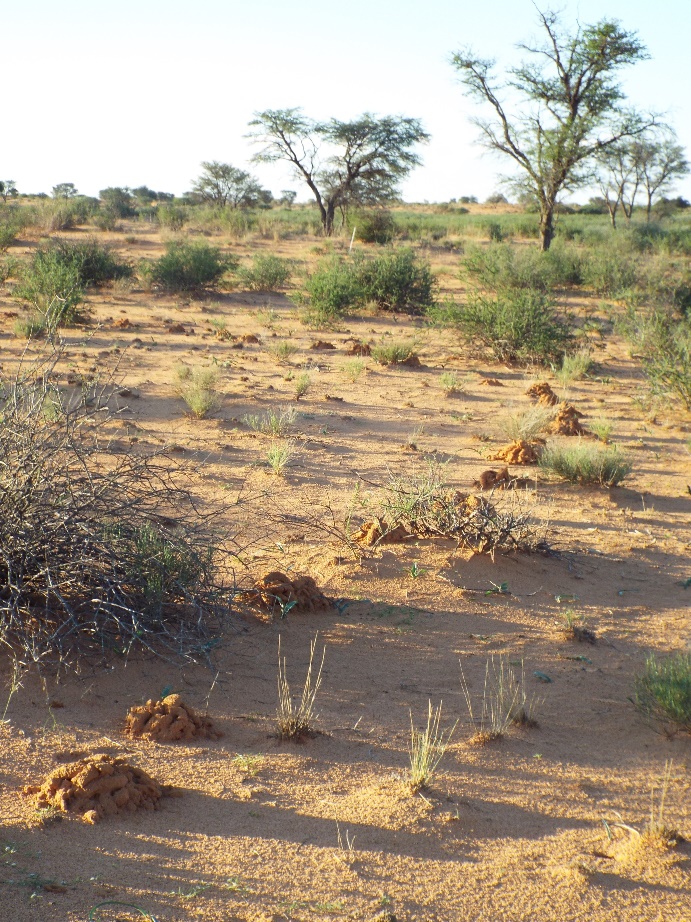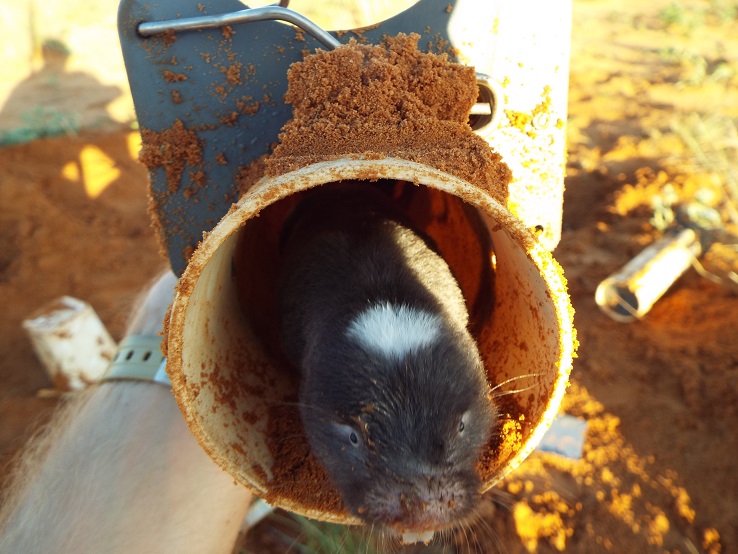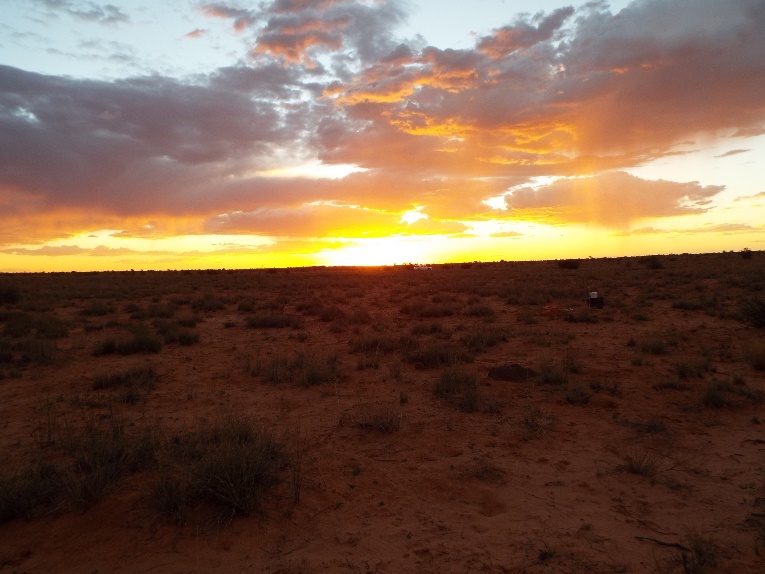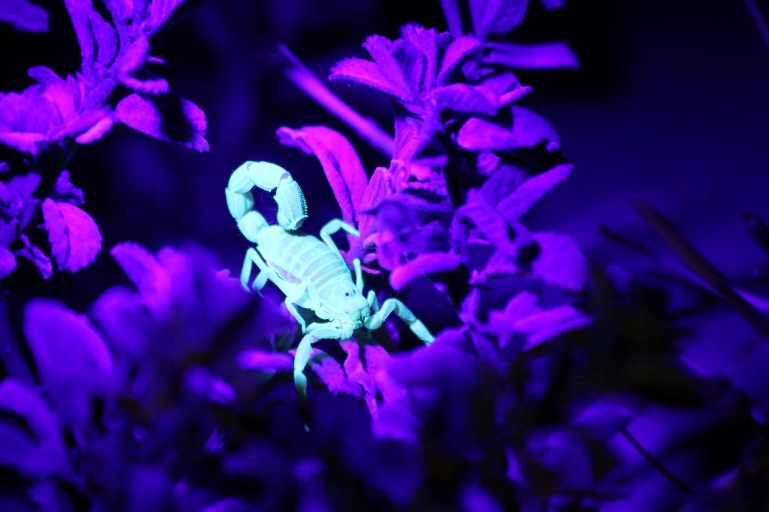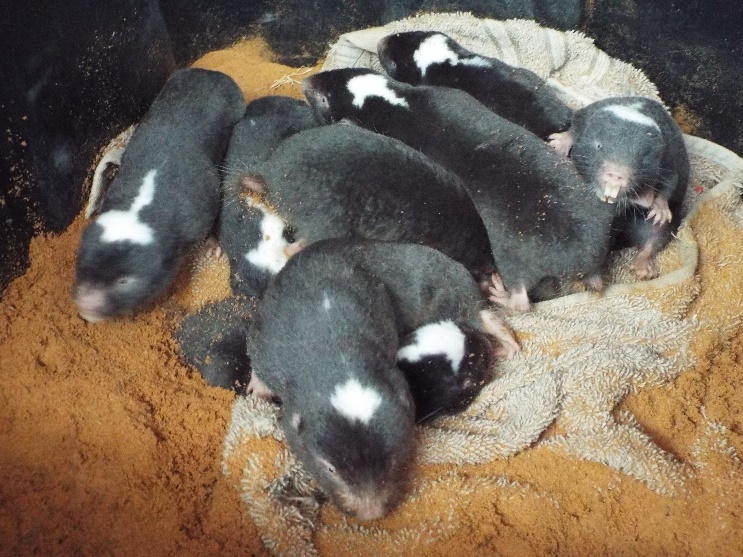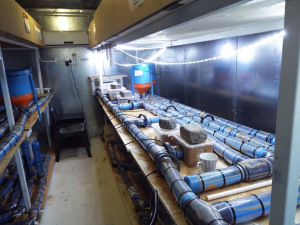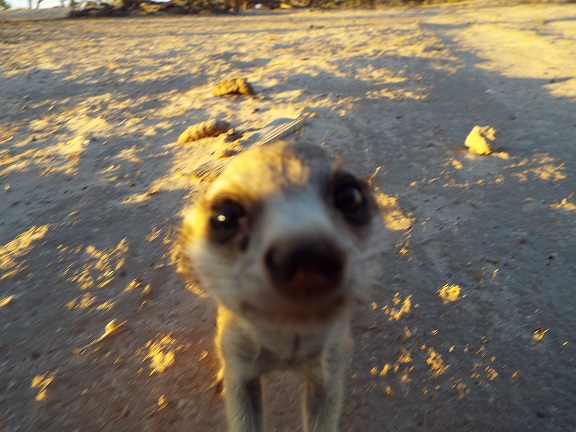Like some of my fellow PhD cohort on the ESS DTP, I too venture south of the equator for my fieldwork. However, I stop someway short of the turbulent waters and glistening snowscapes of Antarctica. Instead, you’ll find me rambling around the red sands of the Kalahari Desert in the Northern Cape of South Africa, searching for mole-rats and meerkats.
I’m Jack and I’m based in the Department of Zoology in the Large Animal Research Group of Prof. Tim Clutton-Brock. The reason meerkats and mole-rats offer such exciting study systems is due to their co-operative breeding nature. The mating systems falling under this umbrella term are multifarious, but with broad brushstrokes, it incorporate species in which individuals cooperate to provide care for offspring that are often not their own, in the process of this costly helping often forgoing their own opportunity to reproduce.
An enormous amount of effort has been invested in understanding co-operation in animal societies, and I will merely pay lip service to that work here. Instead, the main focus of my PhD lies in the peculiar physiologies and life histories that arise from or facilitate this co-operative lifestyle; a notion that has catapulted naked mole-rats into the spotlight as a biomedical model. Namely, females fortunate enough to breed in such societies are remarkably fecund; for example a single dominant female meerkat on the reserve produced 81 pups in her lifetime, no small feat for a 700g mammal! Yet despite this pup production, these species frequently also display remarkable longevities, and for this my main study subject takes the floor, the unassuming, underground Damaraland mole-rat (DMR). In contrast to the 2-3 year lifespan typical of similar-sized rodents, DMRs can live for up to 20 years in the wild. Short of finding the Philosopher’s Stone, I am therefore looking to better understand how individuals within these species trade-off different aspects of their life history- traits tied to growth, reproduction, ageing – against one another in an attempt to optimise the number of genes they are able to pass on.
To do so I take two approaches. First, I can extract information from long-term datasets that contain individuals that have been observed and monitored across their entire lives (a demographic approach). Secondly, I can sample individuals for biological markers of life history events such as ageing, which in concert with experimental treatments, can start to disentangle some of the proximate mechanisms underpinning such life history trade-offs without the need to follow individuals from the cradle to the grave (a functional approach).
My recent trip to South Africa was concerned with the latter, which meant trapping, and later releasing, lots of wild Damaraland mole-rats Fukomys damarensis in our long-term mark-recapture populations and taking blood samples to bring back to the UK. Colonies can be located by their characteristic ‘worm-casts’ that pimple the sand. I then dig down to locate the tunnels, and set custom-made traps baited with sweet potato. Albeit, the natural diet of DMRs is Gemsbok cucumber, a starchy, unpalatable [at least to my refined palate] relation to the cucumbers you would find at the greengrocers.
And so begins the long vigil of trap-setting and trap-checking through the night until an entire colony is captured and brought back to the lab for sampling. It is a tiring affair, but one that I am happy to accept for the attendant sunsets and starry skies in solitude. As long as one is also content with sharing their workplace with scorpions and snakes!
‘With the hunter the field biologist shares that curious experience, so grippingly told in Hemingway’s The Old Man and the Sea: a deep satisfaction at having outwitted ones quarry, combined with an intense feeling of kinship with it. It is this mixture of feeling-at-home and of having-had-success that builds up, over the years, that deep sense of attachment to the home range that only hunters are privileged to know.” Niko Tinbergen, Curious Naturalist.
You did not mistake me earlier, I did write ‘lab’. For in the heart of the Kalahari has been constructed a laboratory to house captive colonies of Damaraland mole-rats. It is perhaps less grand than the synchrotron or the other institutions at which my friends ply their trade, but it is fit for purpose and nonetheless impressive. This enables us to observe a species that is otherwise unobservable in its subterranean world, and there are a number of researchers who are keen to reveal something of the ecology and social life of this captivating creature to a wider audience.
“I am concerned here with some animal unknown to me. That is possible. True, I have observed the life down here long are carefully enough, but the world is full of diversity and is never wanting in painful surprises. Yet it cannot be a single animal, it must be a single swarm that has suddenly fallen upon my domain, a huge swarm of little creatures.” Franz Kafka, The Burrow. [Thanks to a Stanton Braude article for putting this quote on my radar]
And if need I break from the rigours of nocturnal trapping, or the frustrations of watching a nest box for hours waiting for mole-rat individual “L7M002” to emerge, only to see him go for a wee and then return to his state of indolence, I can always meander with the meerkats… simples!

